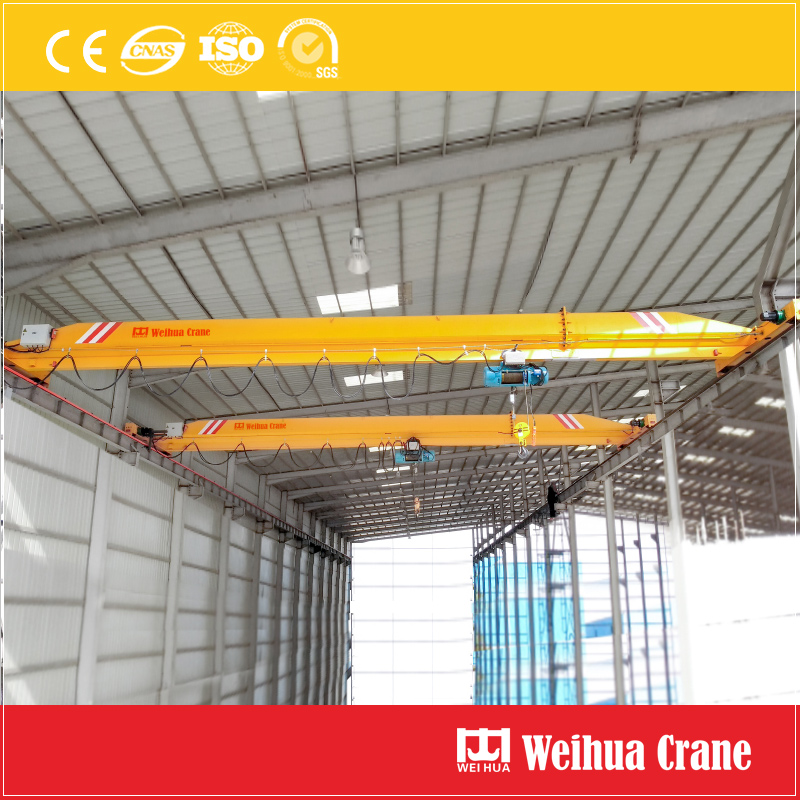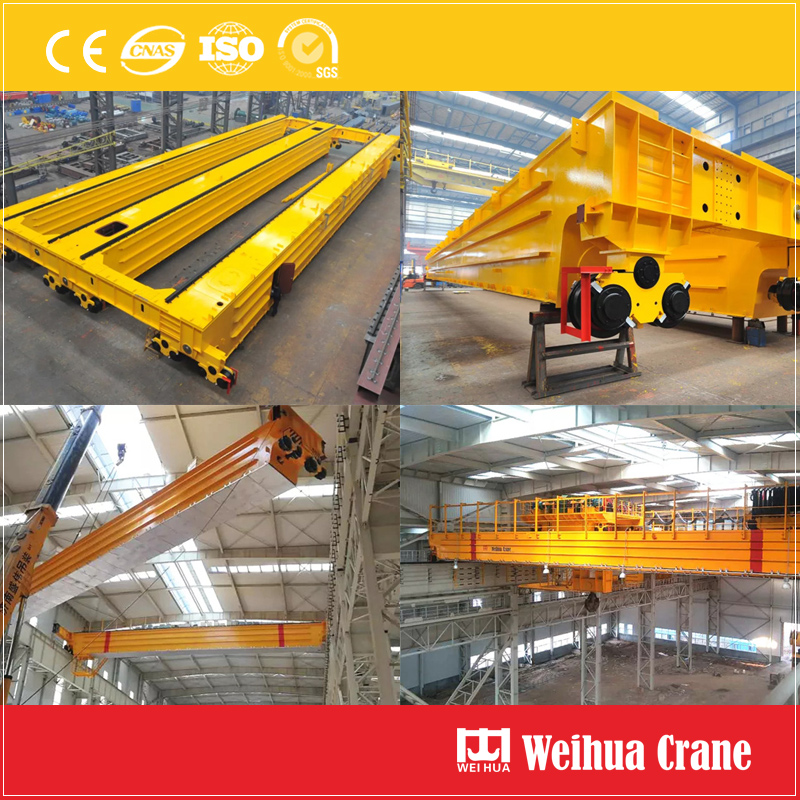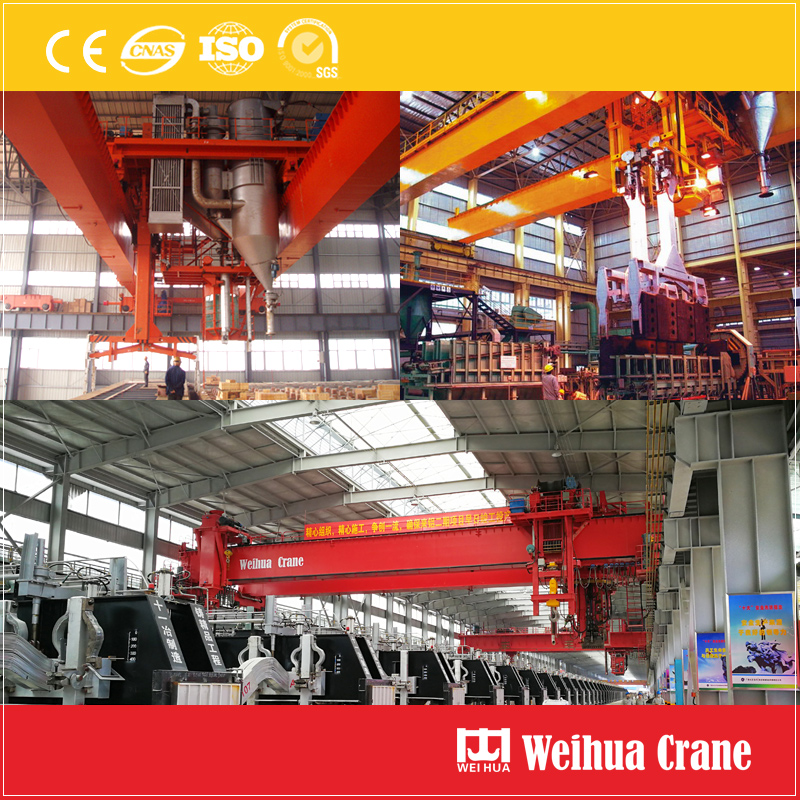Abstract: The way to self-test fire pump speed is analyzed. Self-test methods can be divided into constant-speed self-test mode and low-speed self-test mode, in which low-speed self-test mode there are soft-start method and frequency conversion method. Through the comparison and analysis of the two self-test methods of fire pump, the technical requirements of fire pump self-test are pointed out, which provides some technical basis and guarantee for the application of fire pump self-test mode.
Keywords: fire pump self-test mode (automatic inspection) low-speed self-test self-test speed 0, the foreword Fire water is an important component of water fire extinguishing system, fire pump and fire water supply is the key equipment. In the fire water supply system, the reliability of the fire pump water supply directly determines the success of fire extinguishing.
Building fire water supply equipment in operation has a common feature, that these devices usually rarely run, but need to be put into use once the fire extinguishing. However, due to long-term use of these devices, they may not be able to guarantee the normal operation of the equipment when the fire is extinguished. Among them, the fire pump is no exception. In order to strengthen the reliability of fire pump water supply, Shanghai Municipal Engineering Construction Standard "Civil Building Water Fire Extinguishing System Design Code" (DGJ08-94-2001) for the first time in the country raised the self-test fire pump. The rules stipulate that super high-rise buildings, a class of high-rise public buildings fire pump should be set self-test device. Another revision in the "Code for Fire Protection of Buildings" also proposed: fire water supply equipment must have automatic inspection function.
Fire pump self-test that is automatically patrol, it is in the set time period to automatically start the fire pump, fire pump operation to be checked. The purpose of fire pump self-test is to increase the reliability of fire pumps to ensure the overall reliability of fire water supply system. The use of fire pump timing self-test device is conducive to keep abreast of the actual performance of the fire pump to solve the rust pump fire stuck stuck to maintain a good fire pump conditions, but also conducive to the intelligent fire management system. It is of certain significance to improve the safety and reliability of fire water supply system.
1, fire pump self-test mode 1.1 often-speed self-test mode Constant speed self-test mode, also known as power frequency self-test mode. It is a regular fire pump to run at rated speed after a period of time to automatically stop the pump. In order to ensure self-test fire pump operation pressure does not cause damage to the system, the fire pump must be the original inlet and outlet pipe to adjust and perfect.
In the fire pump water tank from the fire in the way, should set up a bypass pipe on the outlet pipe. Self-test open the solenoid valve on the bypass pipe, fire pump self-test operation of the water discharged from the bypass pipe to the fire pool, close the solenoid valve after the completion of self-test, restore the original normal working condition. In the fire pump from the municipal water supply pipe water way, should also consider self-test overpressure. At this point, set aside the bypass pipe in the fire pump out of self-test, open the solenoid valve, so that the water back to the inlet pipe. After running overpressure, drain the system from the relief valve to the outdoor ditch. At the same time, in order to prevent secondary pollution to the municipal water supply, a backflow preventer must be installed on the suction pipe of the fire pump.
1.2 low-speed self-test mode Low-speed self-test mode is also one of the fire pump regular inspection. Fire pump in the self-test is a unique low-speed operation, it does not have to fire water distribution network to make major changes (see Figure 3). In the low-speed self-test mode, the fire pump speed is low, the water pressure is small. According to the different control methods, can be divided into soft starter method and frequency conversion method.
1.2.1 Soft starter method It uses the soft starter to control the fire pump self-test, without regard to buck start. Within the pre-set period, according to the preset soft starter operation mode fire pump self-test. This mode of operation is controlled by the soft starter fire pump start-up phase, that is, fire pump timing soft-start technology (SSD). It is a short time, usually about 10 s. The entire process using programmable control technology (PLC) to achieve, in order to achieve fire pump always maintain a good state of readiness.
Shanghai Building Products are now recommended atlas "XZW series of fire self-test and pressure water supply equipment, XW series of fire regulator equipment installation" (2000 Shanghai S / T - 102), the fire self-test is the use of soft starter method.
1.2.2 Frequency Conversion Method This method is to start the inspection subroutine by the inspection cycle clock in the PCL and output a lower frequency from the inverter to drive the fire pump. Normally, the speed at which the fire pump is controlled is about 300 r / min. Because of its rotational speed is far lower than the rated speed of the fire pump, so the system will not appear larger supercharging, fire water supply system can use the original pipeline. In the inspection process, the inverter starts feeding from zero Hz, fire pump start also relatively smooth, fire pump no mechanical impact, fire pump speed to keep the impeller rotation but no water critical condition, will not cause the system tube Network overpressure.
2, fire pump analysis of the two kinds of self-test methods and comparison 2.1 fire pump self-test method Fire fire water supply system for the daily test provides a way. In the fire pump self-test, not only to prevent corrosion pump fire stuck, but also motor overload, short circuit, overvoltage, lack of phase, undervoltage, overheating alarm. Fire pump self-test to improve the management level of the system after all, is a technological progress.
In the two kinds of fire pump self-test mode, can reflect the self-test on the fire pump maintenance, but low-speed self-test mode only run a start-up fire pump in the initial stage can not fully reflect the actual operation of the fire pump in the future Condition. In addition, the fire pump self-test results back to the fire control center, the need for artificial to make further judgments. Therefore, self-test fire pump can not completely replace the manual fire pump maintenance and management.
2.2 Analysis of self-test mode Constant speed self-test mode in a certain period of time to simulate the actual conditions of fire water. The test is the start of the fire pump, the normal operation of the entire process. In the pipeline design needs to be improved. The most important thing is to prevent the solenoid valve on the bypass pipeline failure, must be done in the self-test open, self-test is completed in a timely manner after the closure.
Low-speed self-test mode does not need to make changes to the fire pump piping, but the test is only a normal phase of the fire pump in a phase. Fire pumps can be divided into direct start and indirect start, large power need to start indirectly. Indirect start with Y / â–³ buck start, auto buck start, start the soft starter and so on. In the fire pump operation, the start of the soft starter is only a pre-fire pump operation, followed by normal operation. The frequency conversion method also failed to run to the power frequency stage. However, to prevent the fire pump corrosion, low-speed self-test method or have a certain role. Relatively speaking, it features low-frequency drive, low-speed rotation, low-power operation of the device.
2.3 Comparison of self-test mode Self-test mode in the fire pump, the normal self-test mode and low-speed self-test methods are in the fire pump maintenance has played a certain role. From a maintenance management point of view, they are all used in fire water systems. Relatively speaking, the regular self-test mode can reflect the actual operating conditions of the fire pump. From the fire pump fault causes point of view, fire pump long-term failure caused by the pump shaft is not the main bite. Motor starting incomplete conditions less problems, so overemphasizing the operation of the fire pump complete condition, its significance is not great. Normal speed self-test mode applies to fire pump water from the fire water tank, the design should be reasonable to consider the layout of the pipeline. In operation there are some problems, can cause overpressure soon, the application is not very suitable in engineering. The self-test mode and low-speed self-test methods have their own characteristics. Although the low-speed self-test mode of operation of the fire pump is not comprehensive, but the fire pump piping design no special requirements, basically applicable to fire pump self-test technical requirements. It is more suitable for fire pump water directly from the municipal pipe network situation.
Comparison of the main features of the two self-test methods.
Through analysis and comparison, it can be seen that when the fire pump is sucked in from the fire water tank, it is better to choose the self-checking mode at a constant speed or the self-checking mode at a low speed. When the fire pump sucks water from the municipal water supply pipe network, Or soft starter method can be.
3, the technical requirements of fire pump self-test Fire pump self-test as a new technology in the fire water supply system, no matter what kind of self-test methods are required to have certain technical requirements for protection in order to make it perfect and reliable.
(1) fire pump self-test methods are required to use PLC control. Self-test cycle is generally set at 10 ~ 15 d, each self-test run time should be 5 ~ 10 min. Fire water supply system should conduct a comprehensive test every year, the fire pump should be carried out (normal conditions) test. This is because the best self-test fire pump conditions can truly reflect the actual operation of the fire pump conditions.
(2) Fire self-test mode should have automatic switching function in case of fire and ensure that the fire pump will not automatically stop pumping after starting. In the fire pump operation, self-test signal should not be responded.
During the fire pump self-test, if it encounters the command of fire operation, it should be able to immediately interrupt the ongoing self-test action, promptly close the solenoid valve on the bypass pipe and confirm it, forcibly stop the self-test. The system will automatically fire pump into normal (power frequency) conditions, the fire pump rated speed, to ensure that the fire pump water to meet the system flow and lift requirements.
(3) In the fire water supply system with self-test of fire protection, it is required to set the relief valve from a reliable point of view. Whether it is a constant speed self-test mode or a low-speed self-test mode, system overpressure problems may occur. If the solenoid valve is not open or soft starter, the inverter is not running properly, it may stuffy pumps. Pressure relief valve can be set in the system share.
(4) As the fire pump to strengthen the usual maintenance and management, fire pump needs regular operation, so the fire pump unit also need to consider the pump and pipe vibration isolation measures. As a fire pump should also be prevented from being frozen, to ensure the normal system, not equipment failure and damage.
In addition to meeting the above technical requirements, the automatic self-test mode should be able to automatically open the solenoid valve before the fire pump self-test, and must be automatically closed after the self-test is completed. One of the solenoid valve can also be replaced by pressure relief valve. Bypass pipe should be located in front of the fire pump outlet check valve to facilitate the fire pump were detected, and to prevent the system from the high water tank fire, fire pump does not meet the purpose of inspection, fire pump from the water tank water since Inspection methods should use the self-test of drainage, can be returned to the fire pool reuse and can add disinfectant. The diameter of the drainage pipe should be the same as the diameter of the fire pump water. Fire pumps from the municipal pipe network self-test water absorption should prevent fire water on the municipal water back to the pollution. For low-speed self-test mode, set relief valve is also necessary.
4, Conclusion (1) fire pump self-test firefighting system is one of the fire pump performance inspection methods. It is the technical progress of fire water supply system to strengthen maintenance and management. However, the fire self-test method can not completely replace the artificial fire equipment inspection, the fire pump still need to pay attention to regular regular human maintenance, artificial regular test to improve the reliability of the system water.
(2) fire pump self-test methods are mainly two kinds. Constant speed self-test mode can better simulate the actual conditions of fire water supply. Low-speed self-test mode mainly reflects the state of the motor running, can not fully reflect the pump operating conditions, low-speed self-test mode of the soft-start control and frequency control of the self-test method can prevent the fire pump unit rust jamming effect.
(3) constant speed (power frequency) self-test method is a good self-test method. Regular self-test mode and low-speed self-test mode can be used in fire water supply system. Both have their own characteristics. In the design of fire pump unit should be reasonable to consider the layout of the pipeline. The fire pump directly from the municipal pipe network water and fire pumps absorb water from the fire pool in the form of constant speed self-test mode, the layout of fire pump piping should meet the hygiene of water, water and system overpressure control Other requirements.
(4) Evaluation criteria of fire self-test process In addition to automatic operation of the fire pump, fire should be able to simulate the actual conditions to meet the fire pump unit in the fire when the demand. (Finish)
The Overhead Crane can be Single Girder Overhead Crane, Double Girder Overhead Crane or multi-girder overhead crane with capacity 1t to 800t. Overhead crane work with Electric Hoist or crab trolley as hoisting mechanism, which is used for general purpose materail handling at workshop, warehouse, metallurgy plant, power plant, paper mill, steel mill, waste incineration plant, etc.

The hoisting sling device of overhead crane can be hook, shell grab, grab bucket, clamps, magnet beam, magnet chuck, fork, or other special devices for special industry. Weihua also provide FEM/DIN standard overhead cranes with light self-weight, modular design, beautiful looking, less noist and anti-sway smooth running.

Main Data of Overhead Crane:
Capacity: 1t - 800t or custom
Span: 6m -32m or custom
Lift Height: 6m - 32m or custom
Work Duty: A4, A5, A6, A7 or custom
Weihua provide professional overhead crane solutions, customized cranes, Crane Components, installation, after sale service. Weihua products export to110 countries such as Russia, Thailand, Malaysia, Egypt, Saudi Arabia, Parkistan, the Philippines, Mexico, etc. Our success comes from customers' success. Welcome to Weihua.


Overhead Crane
Eot Crane,Overhead Crane,Overhead Crane With Grab,Metallurgic Plants Overhead Crane
Henan Weihua Heavy Machinery Co., Ltd. , https://www.hoistcrane.nl